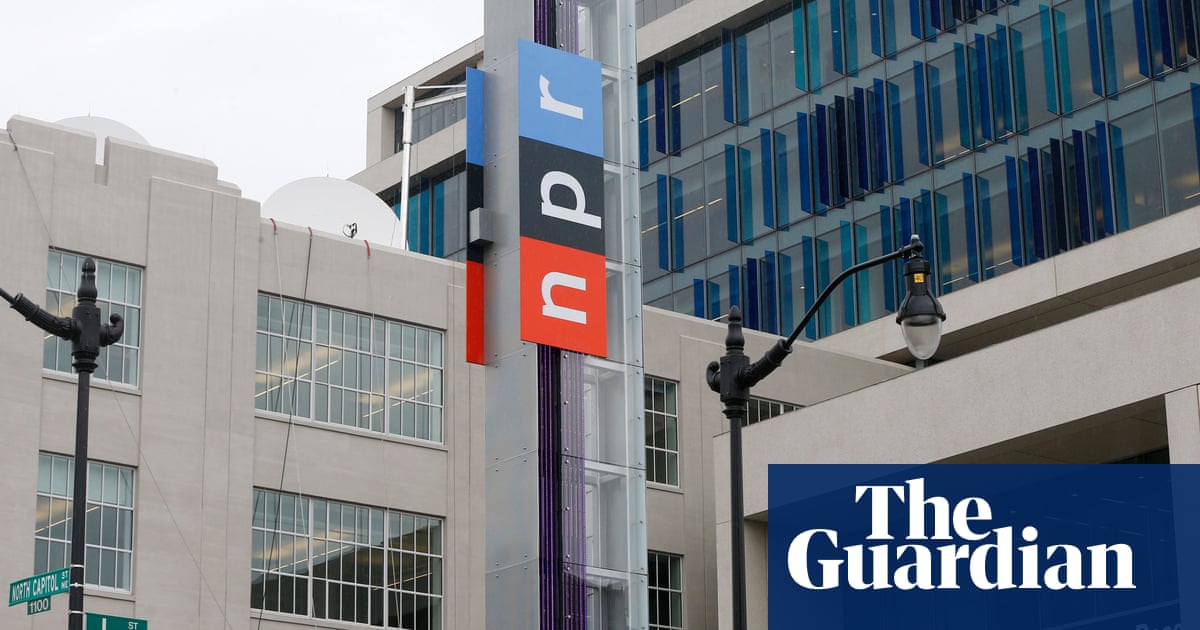
As the calendar turns to May, were likely to see a slow return of growth for some types of economic activity that were wiped out by the coronavirus shutdowns in March and April. Thats the good news. The bad news is, as weve seen in the oil industry this week, much of the economy remains tremendously oversupplied for likely levels of demand for the foreseeable future. That tug of war, and potential ripple effects, is likely to define the path forward for the economy during the next several months.
Its easy to be fairly certain that some types of economic activity have already bottomed. After all, activity cant drop below zero. OpenTable data shows that online restaurant reservation are down 100% because of the mandatory shuttering of sit-down dining. Early to mid-April may end up representing the trough for the parts of our day-to-day lives that were most affected by the shutdowns. Grocery stores and restaurant takeout, for example, may well see a modest uptick in traffic as they make safety-related changes and customers getting more comfortable with wearing masks and abiding by social-distancing guidelines.
And even before any shelter-in-place orders have been lifted, there are tentative signs of slow improvement in some areas. Motor-vehicle gasoline demand increased last week for the first time since the shutdowns, with people perhaps looking to get out of the house a little bit, even if non-essential businesses remain closed. Daily data from the Transportation Security Administration showed slight week-over-week growth in the number of air travelers passing through security checkpoints as of last Saturday. Overall spending at restaurants has declined less on a year-over-year basis during the past few weeks, perhaps as customers get more comfortable with takeout, curbside pickup and delivery options. A homebuilder survey from John Burns Real Estate Consulting showed two sequential weeks of improving sentiment. This weeks data from the Mortgage Bankers Association showed the first sequential increase in mortgage-purchase applications since the shutdowns began. Just as economic activity was slowing even before states adopted lockdowns, its not surprising that economic activity is recovering a little before those orders are lifted.
As shelter-in-place orders gradually are eased during the next month, many type of businesses should get a bit more of a lift. People will spend a little more time driving and using gasoline in May than they did in April. Air travel will pick up a slightly. More restaurant meals will be consumed, either onsite or via pickup or delivery. Las Vegas casinos would like to reopen in mid-to-late May, meaning more people will stay in hotels there than in April.
Theres also the tailwind from the fiscal stimulus, with tens of millions of Americans receiving relief checks last week. Although processing backlogs remain, millions of laid off and furloughed workers are receiving enhanced unemployment benefits backdated to when their employment ended. And businesses are receiving hundreds of billions of dollars through the Paycheck Protection Program.
Thats the good news. The bad news is that, as seen most prominently in the oil market this week, many areas of the economy have staggering overcapacity, even if demand does pickup during the next few months. Shuttering that excess capacity and adjusting cost structures for a lower revenue base will have significant negative effects on economic growth.
Its easy to imagine what a major retrenchment in activity and investment in US oil and gas production might look like. From the fourth quarter of 2014 through the second quarter of 2016, fixed investment in mining exploration, shafts and wells fell 65%, which led to a lot of concentrated economic pain in states such as Texas and North Dakota; we could be in for several quarters or more of something similar.
Airlines, meanwhile, are likely to continue to slash capacity for the summer months. Barring a more rapid recovery in air travel demand than is likely, they eventually will need to cut headcount or raise more capital.
Things are equally dire for state and local governments, which are reeling from the decline in tax revenues; they will have to make hard choices regarding their fiscal 2021 budgets. Barring new legislation for aid from Congress, this will all weigh heavily on economic growth in at least the second and third quarters of the year.
But at least after a month of news thats been uniformly negative, the economic picture in May should be more mixed; some regions and industries will emerge from comas while others suffer from new shocks as capacity gets cut. Reopening the economy alone wont be enough to relieve policy makers of their responsibility to do more, particularly as it relates to decimated state and municipal budgets. How much more is needed will be a function of the progression of the virus and the shape of the recovery. The worst of the storm may have passed but the tedious process of rebuilding is only beginning.
Bloomberg









